Category: lobby
Protecting Your Building Exterior from Winter Elements
Winter is here.

Whether or not the North Carolina Blizzard of 2018 is a harbinger of snow storms throughout the country, you can never prepare your building enough for the season ahead. It starts with fully inspecting the building exteriors, including the roof, walls, and door and window frames, and paying special attention to other parts of the building, including:
Fortifying the Roof
Winter weather can wreak havoc on roofs, making building exteriors and interiors vulnerable to damage from leaks. Snow or ice accumulation, even as it melts, disrupts normal drainage paths, and blocked gutters can redirect it to parts of the building ill-equipped for drainage.
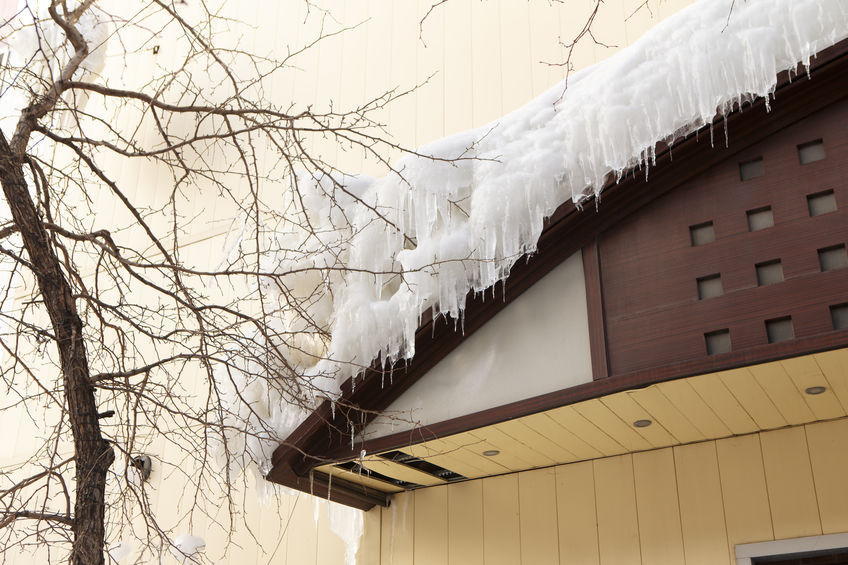 Blocked drains create further problems like concealing standing water which can cause a collapse if the water gets too deep. Adding slope to a roof can help drainage and prevent overload caused by the weight of snow and ice. Take precautionary measures by sealing the edges of high slope roofs to mitigate the risk of ice damming, and installing snow guards to prevent heavy snow layers from migrating to the gutters.
Blocked drains create further problems like concealing standing water which can cause a collapse if the water gets too deep. Adding slope to a roof can help drainage and prevent overload caused by the weight of snow and ice. Take precautionary measures by sealing the edges of high slope roofs to mitigate the risk of ice damming, and installing snow guards to prevent heavy snow layers from migrating to the gutters.
Keeping Lobby Entrances Clean

As the face of your building, it’s important to protect lobby entrances. The foot-traffic in lobbies creates wear and tear on its floors, especially when salt and sand used to treat pavement are tracked in. The answer is laying down safety mats and rugs with efficient spacing. Matting best practices advise 5 to 10 feet of coarse matting outside a building, 5 to 10 feet of matting directly inside the building and another 5 to 10 feet of matting directly behind it.
Protecting Your HVAC System
Your building’s HVAC system is pivotal to the comfort and safety of tenants and guests. In addition to maintaining temperature and air quality, an HVAC system serves as the first line of defense against inclement weather.
In an interview with Buildings, Kevin Miskewicz, Director of Commercial Product Planning at Mitsubishi Electric, notes that “Properly protecting your HVAC system from extreme weather conditions can improve its performance and lifespan. Investing in snow hoods, wind baffles and outdoor unit stands prevents snow and ice from getting inside the equipment and potentially causing damage.”
Thinking Through the Entire Process
Optimizing the conditions of roofs, lobby entrances, and HVAC systems are measures that will help protect exterior areas of buildings. More importantly, they will contribute to the safety of building occupants. To that end, here is a concluding safety tip:

Have a rock-solid snow removal plan. Leftover snow can freeze into ice, increasing the chances of slip-and-fall injuries. Snow drifts obstruct important signage and can conceal fire hydrants and handicap parking spaces.
How to Attract Tenants With Your Lobby Design
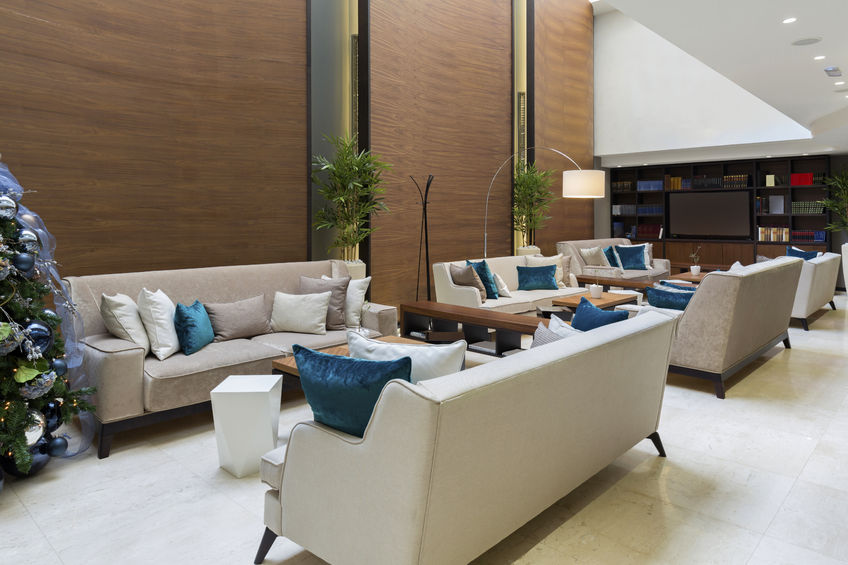 First impressions are everything.
First impressions are everything.
When prospective tenants enter a residential or commercial building, they walk through the lobby first, formulating opinions quickly. A unit or office may be beautiful, but the lobby serves as the face of your property and should accurately depict your company’s brand and culture.
Follow these best practices to attract tenants with your lobby design:
Create an Inviting and Clean Space
Every lobby should have a welcoming vibe that is felt from outside and inside its doors. Appealing to the senses, especially sight and smell, seems like stating the obvious but is often overlooked. Hiring the right maintenance, cleaning, and landscaping companies is key to upholding the image of your property. It starts with the outside. Similar to the curb appeal of a house, maintaining the building’s exterior with improvements to the green areas, for example, can enhance the appearance of your property. Keep sidewalks, walkways, and steps swept of debris as well. Inside, floors, surfaces, and walls should be spotless. In addition, designing the interior with indoor plants and art can create a more aesthetically pleasing environment for tenants.
Make Your Lobby an Extension of the Community
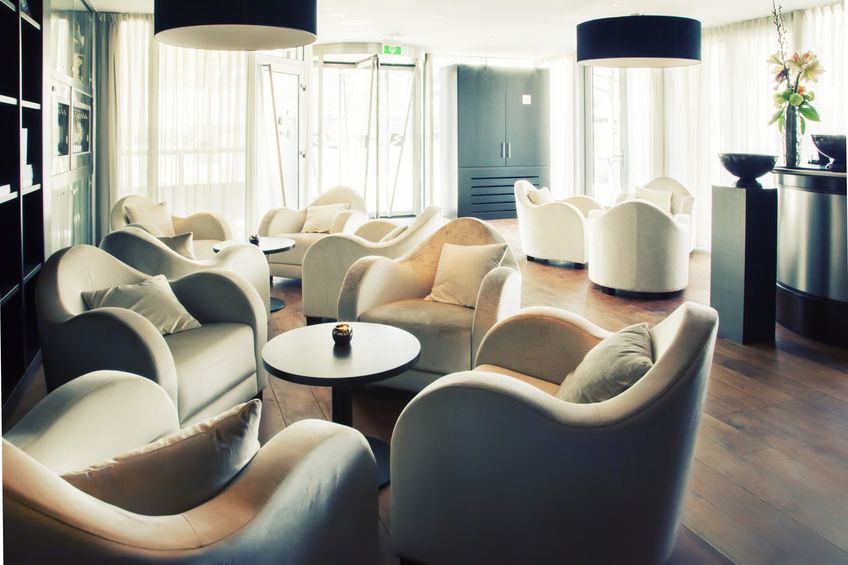 Knowing your neighborhood goes a long way with tenants. When you adapt your lobby to your neighborhood, be it an urban or suburban environment, you foster community, according to Building Design + Construction. they write,
Knowing your neighborhood goes a long way with tenants. When you adapt your lobby to your neighborhood, be it an urban or suburban environment, you foster community, according to Building Design + Construction. they write,
“Create a brand and a place that amplifies the unique qualities of your neighborhood.”
A property located in an urban environment with a wide variety of entertainment, dining and socializing opportunities should feature a lobby that complements those easily accessible amenities, while providing options that will benefit the larger community and bring visitors, commerce and new interest to your building.
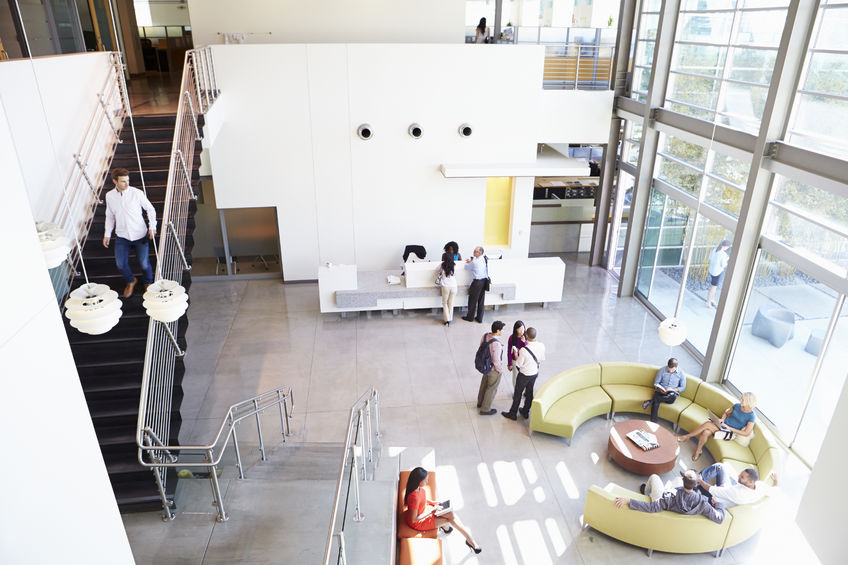
Host Lobby Events
People are attracted to a crowd, and when they see others gathering in a space, it piques their curiosity. Whether for an office or condo building, lobby events provide an opportunity for face-to-face interactions with current and prospective tenants. Kirk Layton, President & Founder of the Canadian-based Eservus Online Concierge Services, says this personal touch is much stronger than a building newsletter or tweet. “You only have a few seconds to grab people’s attention in the building lobby…after all, tenants in the lobby are always on their way to somewhere else – to work, to lunch or to a meeting – which makes it difficult to capture their attention,” he writes. “Lobby events are an indispensable part of a property manager’s tenant engagement strategy.”
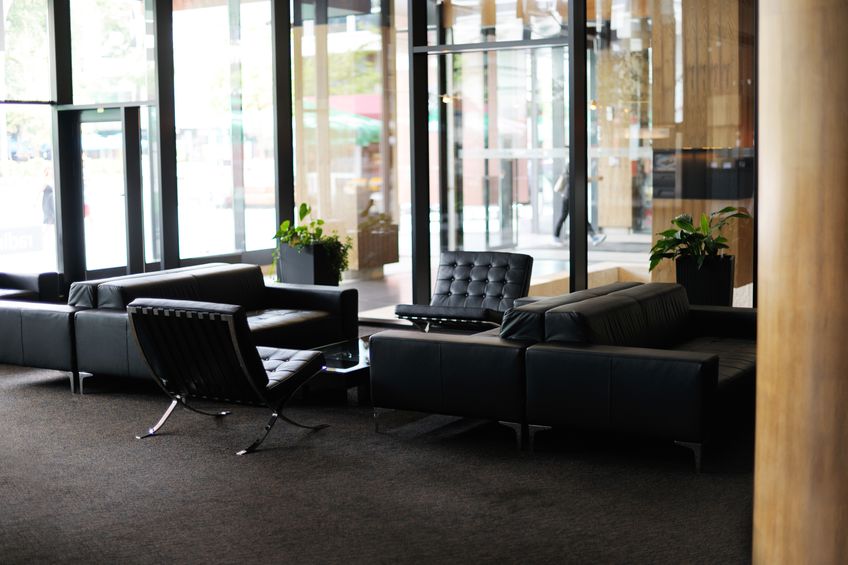
The Bottom Line
The design of your lobby presents an ongoing opportunity to attract and retain tenants. In today’s ultra-competitive market, demonstrating that you care about tenant comfort and their needs through strategic design is a significant differentiator.
